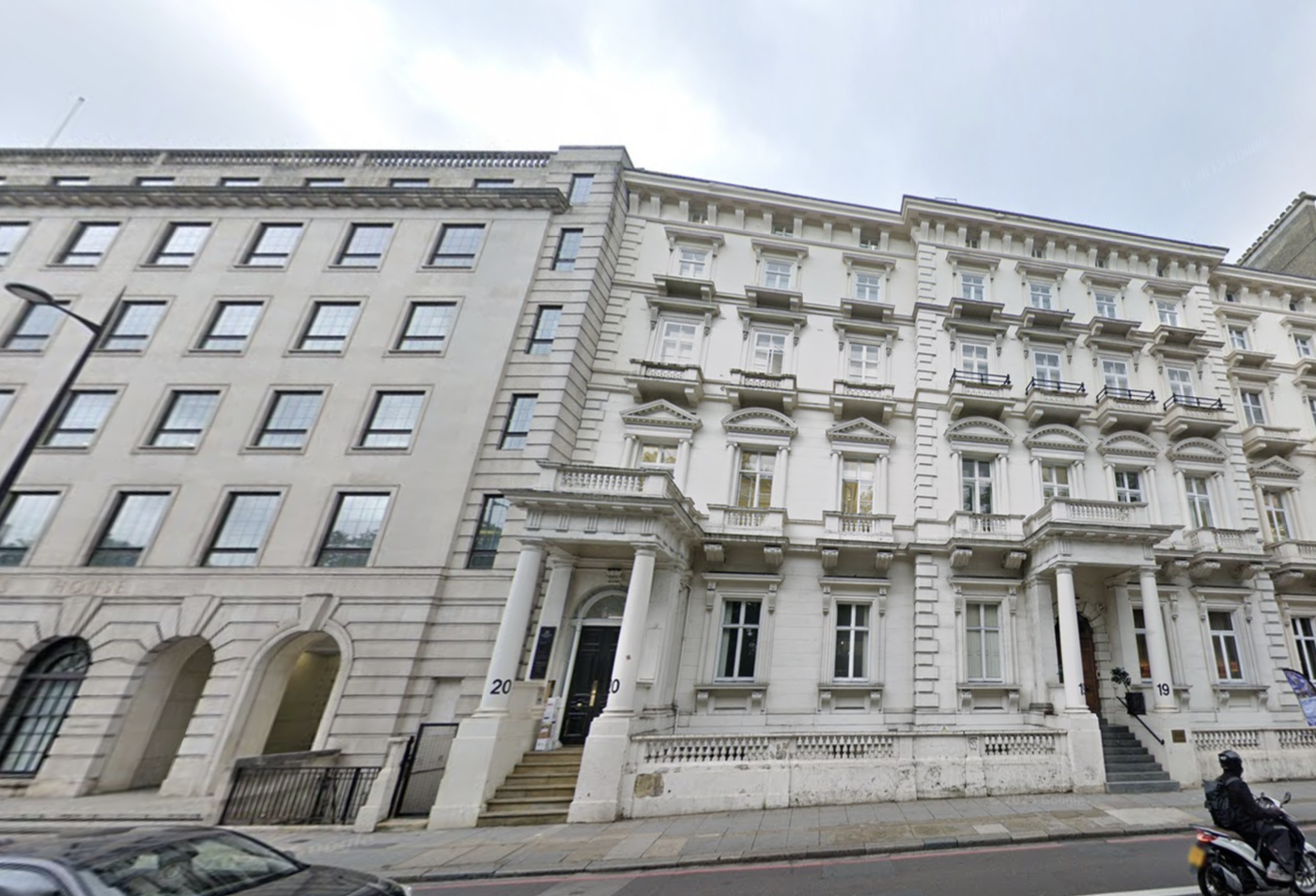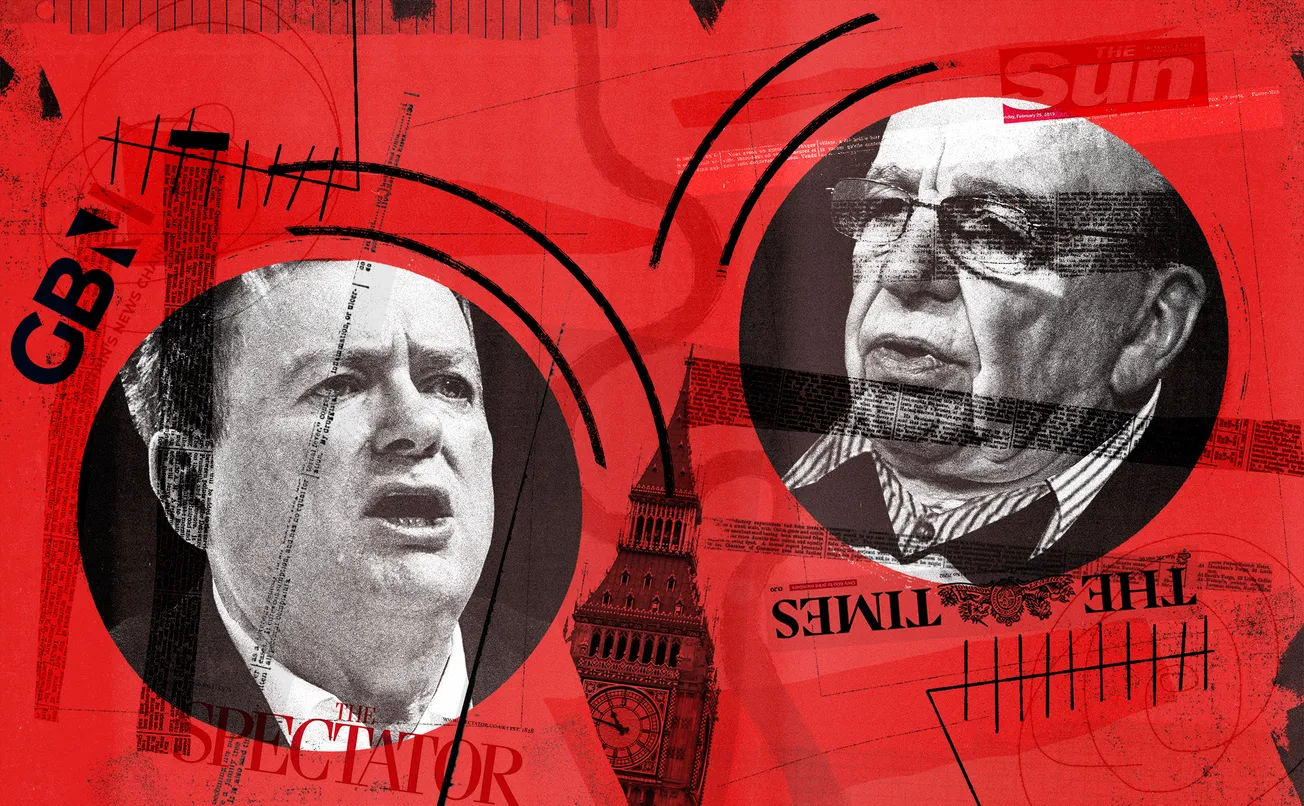The mansions of the capital are empty, the penthouses barren. There are no grand parties now, no talk of business deals ringing off the marble, no private chefs slicing Wagyu in the second kitchen, deftly separating meat from bone. The artworks have been returned to their temperature-controlled storage units, or else shipped to New York, Basel, Singapore; the supercars sleep soundly in their garages. The only sound is the maids, who still polish the gilt fittings, still whisk the dust off the plastic-covered furniture.
If we are to believe numerous media reports, the ultra-rich have shut up their houses and fled the city, taking their billions with them: “London falls out of top five wealthiest cities as millionaires leave” (The Times), “High-tax London losing millionaires at the same rate as Moscow” (Telegraph); “Brexit to blame for London’s millionaire exodus, Lisa Nandy claims” (Independent). For the Standard in particular this topic has become something of an obsession, with the paper having published six stories on it so far this year.
The fall-out from this coverage has been far reaching. Pundits placed the blame for this supposed exit on Labour’s new fiscal rules around non-dom tax arrangements, leading to a softening of those plans in January after “concerns” about the exodus were expressed by Blackstone CEO Stephen Schwarzman in a private meeting with Rachel Reeves.
But read enough of these pieces and something starts to seem off. Why has this claim become a cottage industry for certain outlets? How do you accurately track the number of ultra-high-net-worth individuals in a city, given there’s no government or global datasets collating the locations of the world’s wealthy? And, most intriguingly, why do many of these articles cite a single source: a report from Henley & Partners, an advisory firm to the ultra-wealthy?
Henley’s report contains a bold claim: that in the last year, London has lost some 11,300 millionaires and billionaires. Some were lost due to the worsening economic conditions (i.e. their net worth decreased to such an extent that they ceased to be part of that category), but most (as other reports by the firm emphasise) are the result of a mass flight of ultra-high-net-worth people from the UK — and, in particular, its capital.

Henley is coy about the methodology behind its study. The information available on its website is sparse, with very little information about the data used to build the database, how it was acquired, or how it was used to trace the movements of some of the world’s wealthiest — and most secretive — individuals. The only real insight is that the study was conducted by a firm called New World Wealth (NWW), a firm based out of a co-working space in Johannesburg, South Africa, that by all accounts appears to have only one employee, Andrew Amoils (Henley and NWW did not respond when asked if there were any others), and also conducts numerous studies on African bird species. According to NWW, it uses “various public sources to check city locations, including LinkedIn” to “[track] the movements of over 150,000 high-net-worth individuals in its in-house database”.
NWW’s admission that its findings come, in part, from LinkedIn is baffling. For one thing, it’s reliant on these wealthy figures having an account on the site. This isn’t a given — the overwhelming majority of those at the top of The Sunday Times Rich List didn’t appear to have one when The Londoner checked. And even for those who do, it can be impossible to tell if LinkedIn’s location data is accurate. Cryptocurrency billionaire Christian Angermayer, for example, told reporters last September that he had been forced to leave the UK by the potential tightening of non-dom tax loopholes he had used to avoid paying taxes on overseas income for 15 years. But, despite having moved to the “crypto-hub” city of Lugano in Switzerland, his LinkedIn (and Instagram) still list London as his location.
As it turns out, we aren’t the only ones sceptical of the report’s assertions. Isaac Delestre, a senior research economist at prominent thinktank the Institute for Fiscal Studies, is also scathing. To his knowledge, he says, there are “no official statistics on this issue”, either in the “currently published data [or] anything that will be published in the future”. As for mining LinkedIn for information, Delestre is dismissive, saying it “is not serious evidence”. “As far as we’re aware,” he added, “there is no high-quality, systematic data that sheds light on the alleged exodus — only anecdotes and vague warnings from certain advisory firms”.

These reservations are shared by Dan Neidle, a leading tax lawyer and founder of the Tax Policy Associates thinktank. Although there is “considerable anecdotal evidence” that some wealthy individuals are leaving London, “we don’t have any ability to put numbers on it”. And for Neidle, the lack of details about how NWW obtained the data, as well as the feasibility that a one-man team could successfully have tracked 150,000 millionaires, raises serious concerns. “He could still set out the methodology and anonymised data, without giving away the trade secrets. He doesn’t — it’s just ‘trust us’. That is not credible.” Both Neidle and Delestre are keen to point out that that it may be true that millionaires are leaving the capital — a handful of anecdotal cases announced to the press, as well as trend reports from investment banks like UBS, suggest that it could be happening — but they say that there is simply no way to accurately quantify these numbers in the way that NWW and Henley claim to have done.
For his part, Amoils is adamant that this isn’t the “area of specialist expertise" for the IFS and Tax Policy Associates, as they aren’t responsible for compiling wealth or investment migration reports. He acknowledged that the NWW “mainly use LinkedIn to check the city locations of the high net worth individuals (HNWIs)” but sticks by his methodology: “LinkedIn is the best source for this, as it is updated in real time by the HNWIs themselves or by their personal assistants”. He claimed 90% of the individuals they chose to track have LinkedIn profiles, and that “for the centi-millionaires and billionaires that are not on there, we add and track their locations based on media reports”.
As for Henley & Partners, this isn’t their first encounter with the spotlight. An advisory firm to the world’s wealthiest people, the firm is a global leader in what’s known as “residence and citizenship by investment” programmes. Known colloquially as “golden passports”, these arrangements allow wealthy elites to essentially purchase citizenship of a nation they may have little or no prior connection to, simply by paying a sizable fee — and Henley has designed and orchestrated them for everywhere from Antigua to Malta. Commenting on exoduses of the ultra-wealthy from various countries around the world, extolling the importance of dual citizenship and discussing the high-level of demand for their services, they’ve authored or been featured in dozens of articles in outlets such as Forbes, the Atlantic and The Times. In the past, the firm has even paid for a string of sponsored content in the Financial Times, advocating for the ultra-wealthy to consider “domicile diversification” to “overcome the limitations and risks of being restricted to a single residence”.

But these activities have also been the reason for some less-than-glowing media coverage for Henley. Last month, the Financial Times reported that the company’s Maltese golden passport scheme had been used by Russian billionaires who later appeared on sanctions lists or were convicted of crimes in the aftermath of Russia’s war in Ukraine. At one point, it was receiving a fee from the Maltese government for every successful application. (At the time, Henley claimed that it used “a sophisticated multi-level process of due diligence checks” but that an individual “may pass all the stringent due diligence tests imposed, but still go on to engage in criminal activity”. They stressed that the firm “abided by the laws and regulations in all of the countries in which it operates”.) Last week, the scheme was ruled to be in breach of European law by the EU's top court.
When asked about the report, a spokesperson for Henley & Partners added that “both Henley and NWW have very sizable databases of actual high-net-worth individuals; and we have both been tracking wealth and investment migration for more than a decade.”

They stressed that the firm does not earn an income from the movement of the ultra wealthy, but “earn a fee for advising them on the various investment migration program options available (currently over 40 active programs worldwide) and for providing administrative assistance with their applications to the respective country investment units”.
But the question still remains: why did so many outlets believe, so unquestioningly, that the ultra-rich were leaving London? Perhaps it’s simply an irresistible news story, a tantalising story of a modern-day Babylon gone to ruin. Perhaps it’s a conservative longing for the wealthy to conduct their tax arrangements as they see fit, or else a kind of sister-narrative to the “Why I’m Leaving London” piece. But maybe it also speaks to some kind of deeper, more universal sense that the capital, ever more expensive, ever more dysfunctional, simply isn’t working anymore — for any of us, let alone the people who helped cause its woes.
Before you go: This article was published by The Londoner, a brand-new publication designed to help you understand the capital. Click here to read more about us and join our free mailing list. You'll get great journalism about London and our best recommendations in your inbox every week, with no 'clickbait' content and no irritating banner ads.

Comments
How to comment:
If you are already a member,
click here to sign in
and leave a comment.
If you aren't a member,
sign up here
to be able to leave a comment.
To add your photo, click here to create a profile on Gravatar.






